Research through exhibition of artworks that asks the question, “Can Art enhance the Communication of Science?”

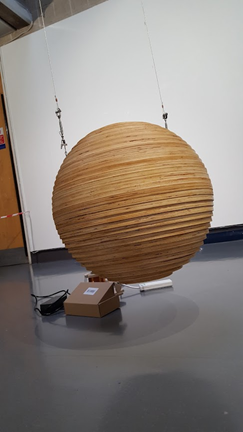
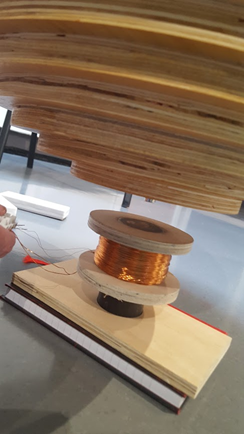
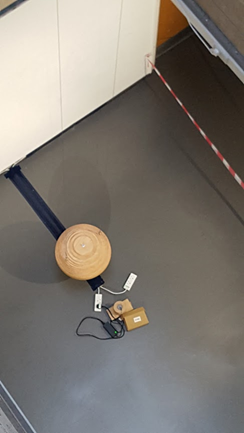
The Precession Series: Seeing the Unseen
The amount by which a pendulum precesses depends on how far North or South of the equator it is hung. It demonstrates the Coriolis force [causing objects to be deflected from their paths due to earth’s rotation] on a long pendulum. The contours of the sculptures showing the pendulum’s precession are spaced in 2-hourly intervals. The centre of each sculpture represents the equator, where there is no precession, while the circumference represents the north pole, at which a pendulum would precess by 360˚.
The actual angle precessed over a 24-hour period is given by the formula:
ω = 360° sin λ
where λ is the latitude at which the pendulum is hung. The arc drawn at DJCAD’s latitude (56.4566°N) shows that a pendulum here precesses by 300° a day.
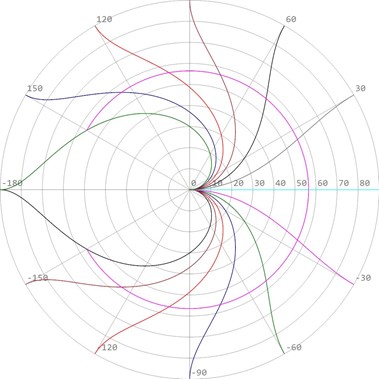
Lucy’s interdisciplinary research highlights the value of art as significant for knowledge acquisition, understanding perspectives and the translation of abstract concepts into tangible knowledge.

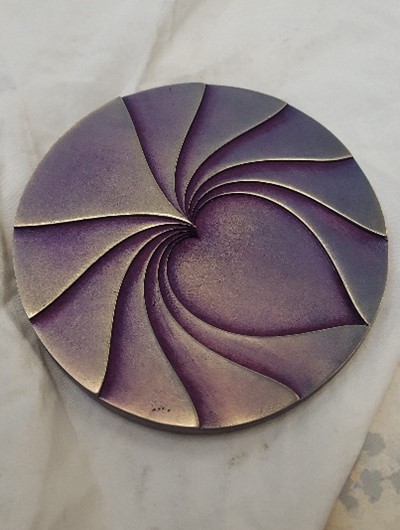
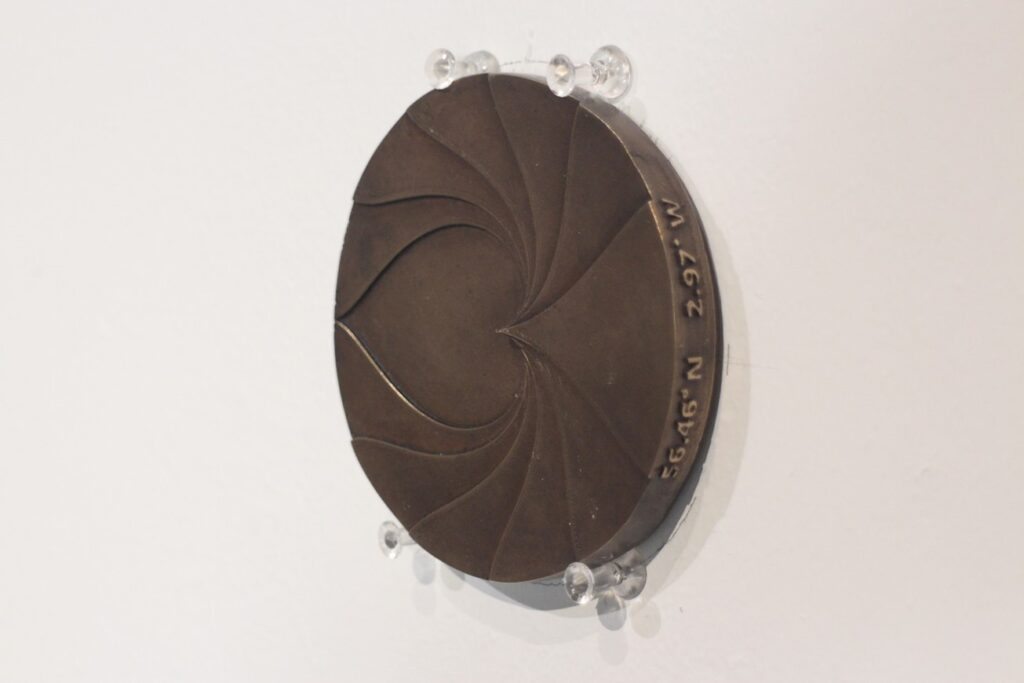
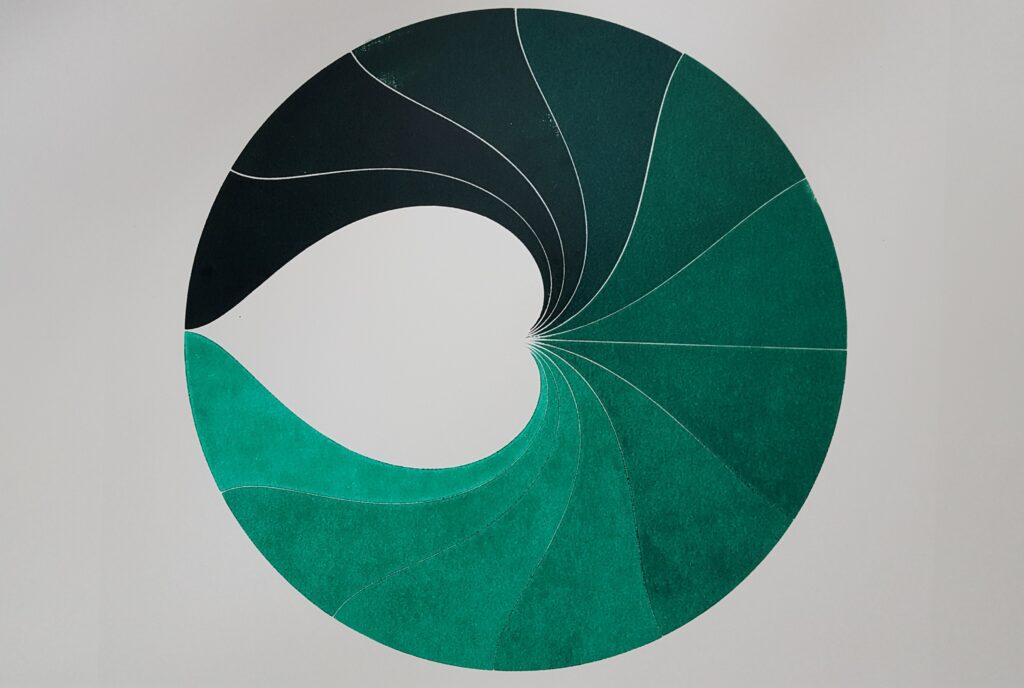
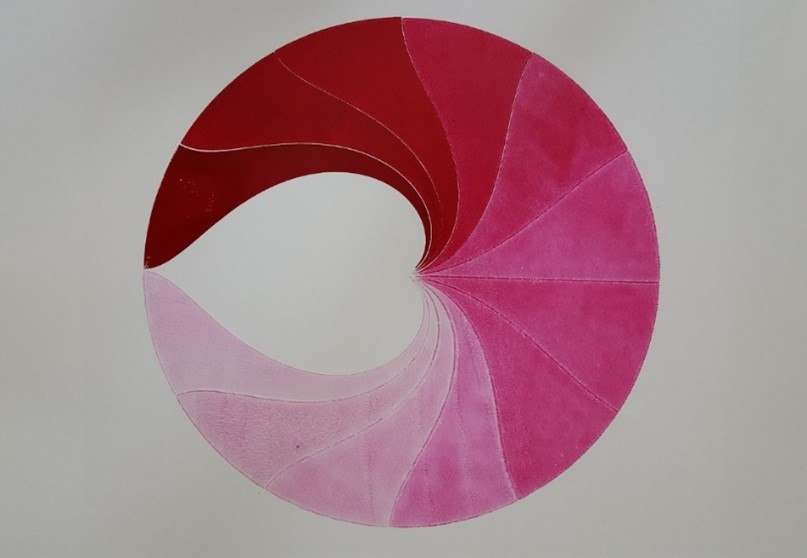
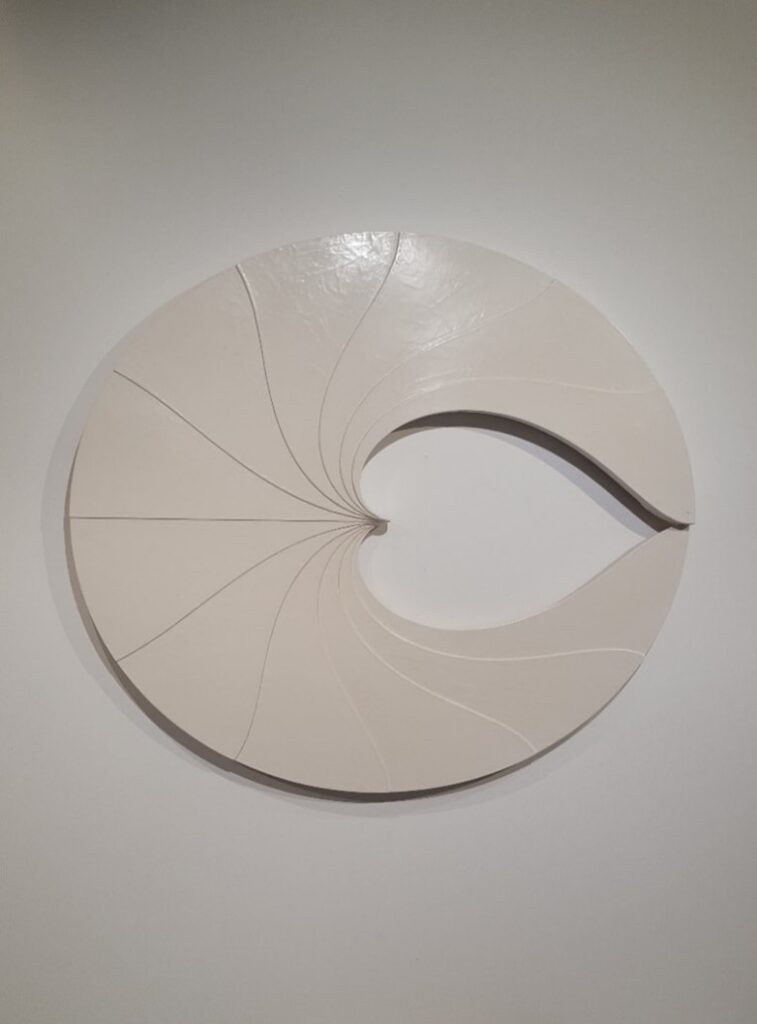
Harmonic Ratios: Pendulums in C-major
